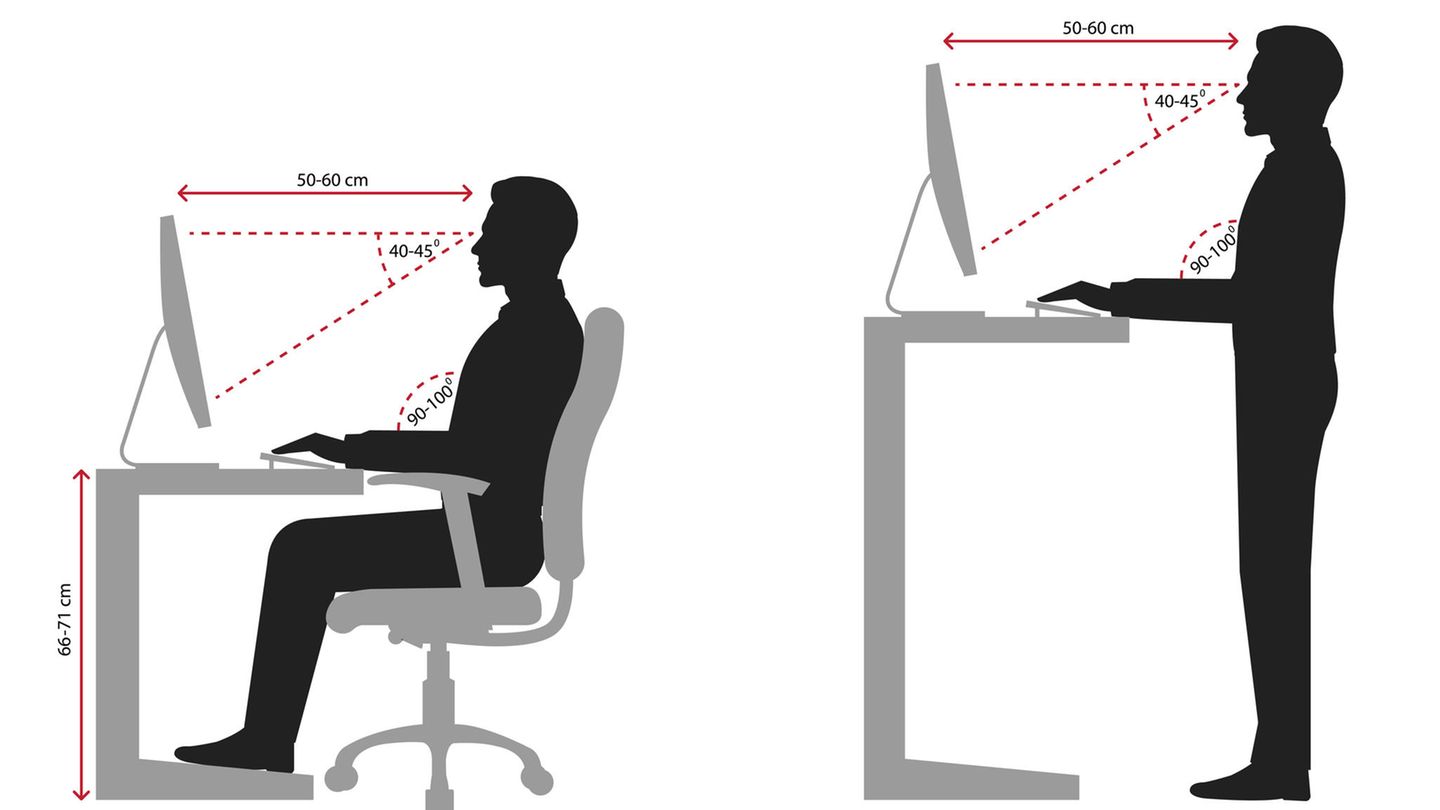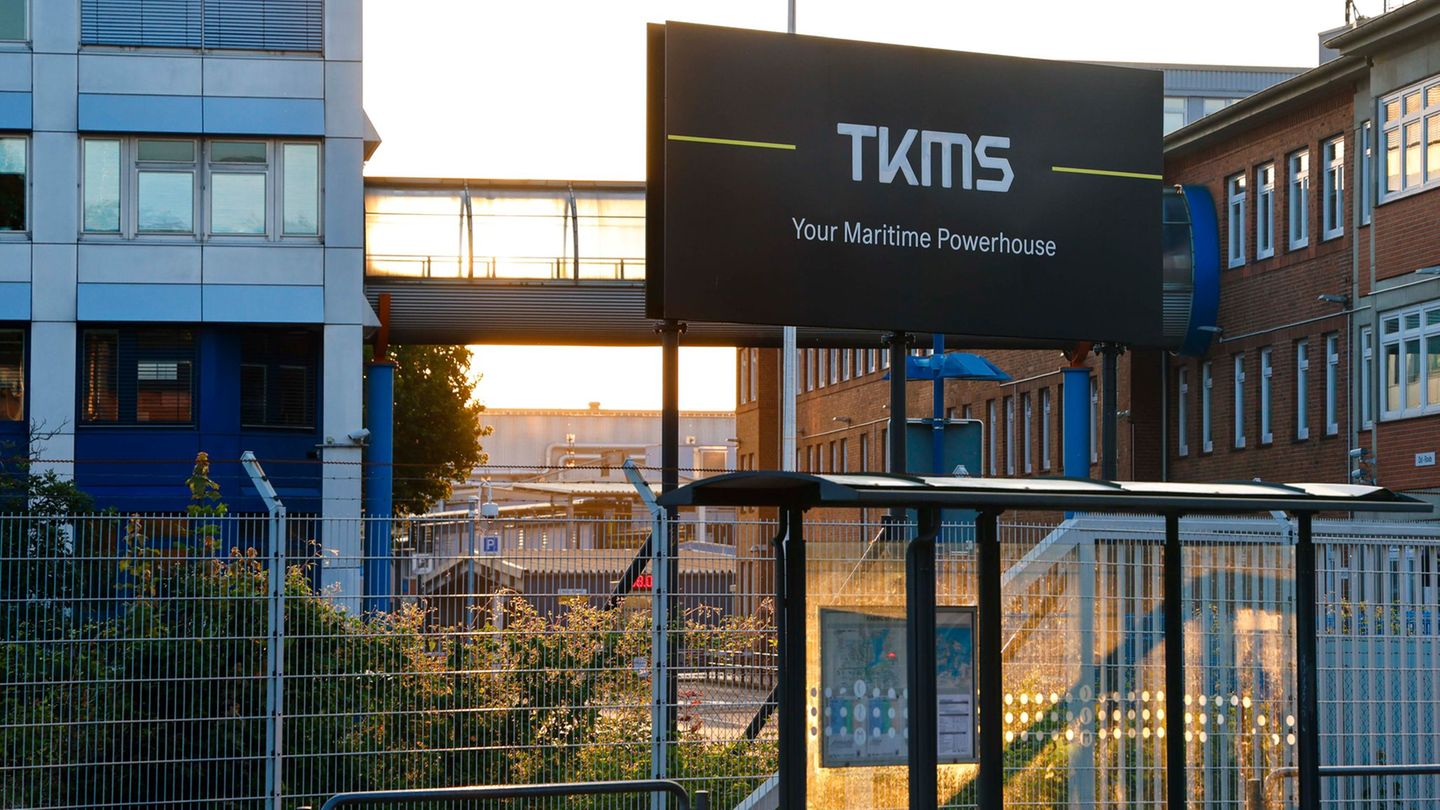The new infections would continue to rise, the Chancellor said on Friday morning. “Accept the vaccination offer,” was the joint appeal of the members of the government to the population.
The task force was set up by the government to observe over the summer in order to coordinate further steps in preparation for autumn and the colder season. In order to increase the vaccination rate, one counts on an expansion of the low-threshold offers.
The increase is “as clear as day” because it is known that the pandemic will come in waves, and so the number of new infections will surely increase massively as soon as the colder season arrives, the Chancellor said. Vaccination is therefore the only means, because government measures cannot be put in place on a long-term basis. “You cannot permanently restrict the rights of freedom if there is a milder means through vaccination”.
Video: Government made vaccination appeal to the population
This video is disabled
Please activate the categories Performance cookies and Functional cookies in your cookie settings to display this element. My cookie settings
“This year will be managed differently”
Health Minister Wolfgang Mckstein (Green) pointed to the dominant delta variant of the corona virus. He stands here now to protect himself from a repetition of a situation like last autumn: “This year will be managed differently, I guarantee that.”
Even if the number of new infections is already rising again, the mask requirement will be relaxed further on July 22nd: The MNS obligation in retail then only applies in supermarkets, banks, pharmacies, post offices and petrol stations, the so-called business premises for daily use – in It does not apply to any other business or museum if the operator does not provide for stricter measures. However, the mask requirement still applies in public traffic, as well as in hospitals and old people’s and nursing homes. Here, however, the operators can also take stricter measures.
Experts recommend an FFP2 mask requirement from an incidence of 25
The traffic light commission as well as the Covid forecast consortium see a “high probability” for a fourth corona wave due to the delta variant. If the worst comes to the worst, the consortium also recommends the reinstatement of measures such as increased mask requirements or “social distancing”.
In the final version of a Policy Brief of the forecasting consortium for the risk assessment of the delta variant, which the consortium prepared on behalf of the Ministry of Health, it is stated that the maximization of the vaccination rate (full immunization) must have “top priority”.
In the rough report of the letter, which is also available to the APA, a reintroduction of various measures is recommended, depending on the number of cases and the stresses on the health system. The FFP2 mask requirement (currently abolished in broad areas) should therefore be reintroduced from a threshold value of a risk-adjusted seven-day incidence of 25. Currently, 7.3 cases per 100,000 inhabitants are currently lower – the threshold of 25 was fallen below on June 6th.
With increasing hospitalizations in the normal wards, the reintroduction of “social distancing” is also advised, for example the reintroduction of the two-meter distance. In the event of a continuous increase in the number of COVID patients in the intensive care units (which is currently unlikely), a “lockdown light” will be considered again, including a renewed closure of leisure facilities and restrictions in the event of meetings. A real “lockdown” is only recommended when approaching a “system-critical” utilization of the intensive care units.
“This is the calm before the storm”
Both in the draft report and in the final version, the consortium emphasized that the data available (mainly from Great Britain) indicate that “the delta variant is significantly more transmissible than the previously dominant alpha variant (B.1.1. 7) is “. First estimates would indicate a transmissibility that is around 50 percent higher than the previously dominant alpha variant. “In the United Kingdom, the delta variant is currently dominant with a prevalence of over 90 percent,” it said.
Video: fourth CoV wave likely
This video is disabled
Please activate the categories Performance cookies and Functional cookies in your cookie settings to display this element. My cookie settings
The experts are already anticipating “similar prevalences” in July as in the United Kingdom. Virologist Monika Redlberger-Fritz (MedUni Vienna) also sees it this way: “That is probably the calm before the storm,” she said in ORF’s “ZiB2” on Thursday evening about the current situation. She also emphasized the need for a high level of vaccination – because in Great Britain one can currently see that the number of cases is increasing sharply, but thanks to the high vaccination rate, the number of hospitalizations is only “very, very slowly”.
Clear rejection of the elimination of the mask requirement
The expert was very skeptical about any major events such as music festivals: This is only possible with “extreme caution”, it would be best to keep your distance as possible. There was clear rejection of the elimination of the mask requirement in trade or public transport, which was brought into play by Federal Chancellor Sebastian Kurz (VP). “I’m a very strong advocate of wearing masks.”
Despite the expected rapid increase in the delta variant with the replacement of the currently dominant alpha variant in Austria, the consortium does not expect too big problems in the long term: “A system-critical coating in hospitals is unlikely in the summer of 2021, however.”
High vaccination coverage is “essential”
Increasing the vaccination coverage and vaccination readiness in all population groups is “essential, because:” At a vaccination coverage (full immunization) of 70 percent, the hypothetical herd immunity threshold for the Delta variant has not yet been reached, especially in the colder months of the year. ” at a vaccination coverage of 70 percent (full immunization) or higher, “it can be assumed that in population groups with low vaccination coverage, larger clusters or uncontrolled transmission in these population groups can occur”.
The traffic light commission shared this assessment with regard to a fourth wave – but according to their data the situation is still calm. The Covid-specific exposure of the intensive care units recently fell to 2.2 percent and is likely to go further down for the time being. The vaccination coverage has reached a level of 62 percent. The Commission, too, insists as soon as possible on measures to push this value upwards.
The Corona traffic light hardly experienced any color change this week. Only Vorarlberg moved into the Green Zone, which expresses a very low risk of infection. This means that only the three eastern federal states of Vienna, Lower Austria and Burgenland, as well as the entire state, are in the yellow-green zone, which stands for low risk.




